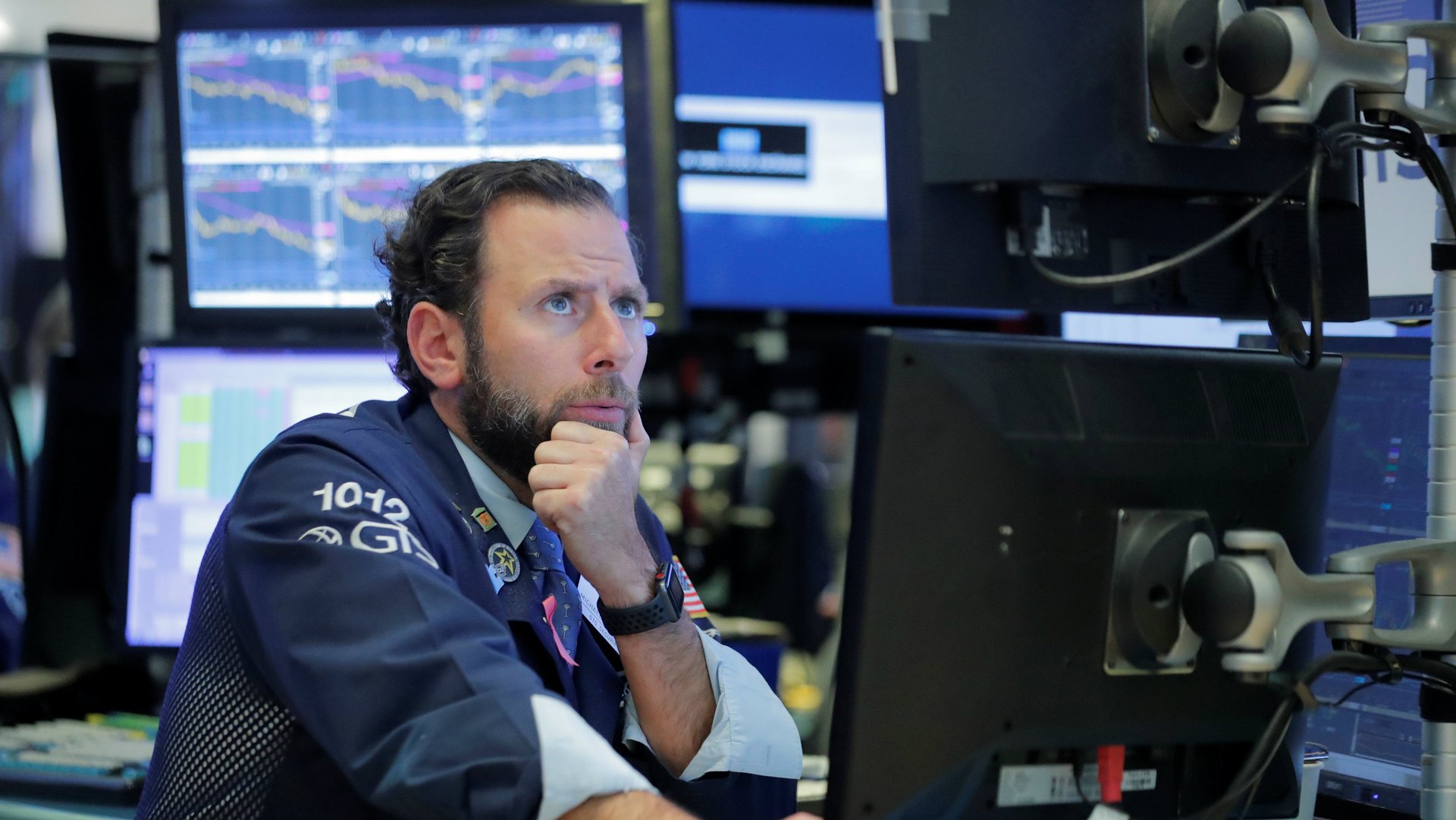Why sustainable investing won’t be mainstream for a very long time
Environmental, social, and governance (ESG) investing is all the rage in finance today. Major banks and asset managers are rushing to provide clients with socially responsible investment strategies and creating exchange-traded funds to meet every interest, from gender equality to low carbon.


Environmental, social, and governance (ESG) investing is all the rage in finance today. Major banks and asset managers are rushing to provide clients with socially responsible investment strategies and creating exchange-traded funds to meet every interest, from gender equality to low carbon.
But for the most part ESG investing is still a side business. The question still remains: When will “socially responsible investing” become just “investing”?
To facilitate ESG investing, new stock indexes are being created. Traditional companies, such S&P Dow Jones and MSCI, as well as specialist organizations, such as Sustainalytics and Equileap, are producing lists of equities that meet their criteria for socially responsible investing. These include the MSCI World ESG Leaders Index and the Equileap Global Gender Equality Index. These indexes then become the basis for ETFs and other products.
These new indexes are necessary because the world’s benchmark indexes don’t incorporate social responsibility criteria. They are based strictly on company location, trading, and market value. If a major company that’s in, for example, the S&P 500 pollutes or is involved in a governance scandal, its share price is likely to be impacted, but the effect will be limited because not all investors will sell out. Funds that track the performance of benchmark indexes will remain exposed to these companies.
For all investing to be ESG investing, these benchmark indexes would need to change, too. But making them ESG compliant is far off.
“I think it will take a long time before the official benchmark will get completely adjusted,” said David Blitzer. He would know: As a managing director and the chairman of the index committee at S&P Dow Jones Indices, he oversees management of the company’s indexes and the selection of the securities that go into them, including the S&P 500.
What happens with the S&P 500, the benchmark index of the world’s largest economy, is especially important because so much money tracks it. In ETFs alone, more than $600 billion is dedicated to replicating the index’s performance.
More likely than benchmark indexes adopting ESG criteria, Blitzer told Quartz at the S&P offices in London, is the development of a parallel system with ESG versions of these indexes. For example, there is the S&P 500 ESG Factor Weighted Index. It takes the main US benchmark index and adjusts the weightings of the companies within each sector according to an ESG score, which takes into account diversity policies, carbon emissions, political donations, and other social responsibility issues.
This index is designed to have a financial performance close to the S&P 500 and so the sector weightings are kept the same, but investors get a slightly higher sustainability measure.
Sustainable investing is still in its infancy. There’s still a lot of debate about the best approach and there are no international standards or rules governing it. Most organizations are using the UN’s Sustainable Development Goals as a framework, but there’s little in place to stop “greenwashing.” Decisions about what to include in ESG indexes are made using data that companies self-report, which is patchy and can lack sufficient transparency.
ESG may not be ready to take over traditional investing. In the meantime, more and more separate indexes will appear. S&P just announced a new set of indexes that adjust company weightings depending on what they think the company will be worth in 2030—based on predicted carbon prices.